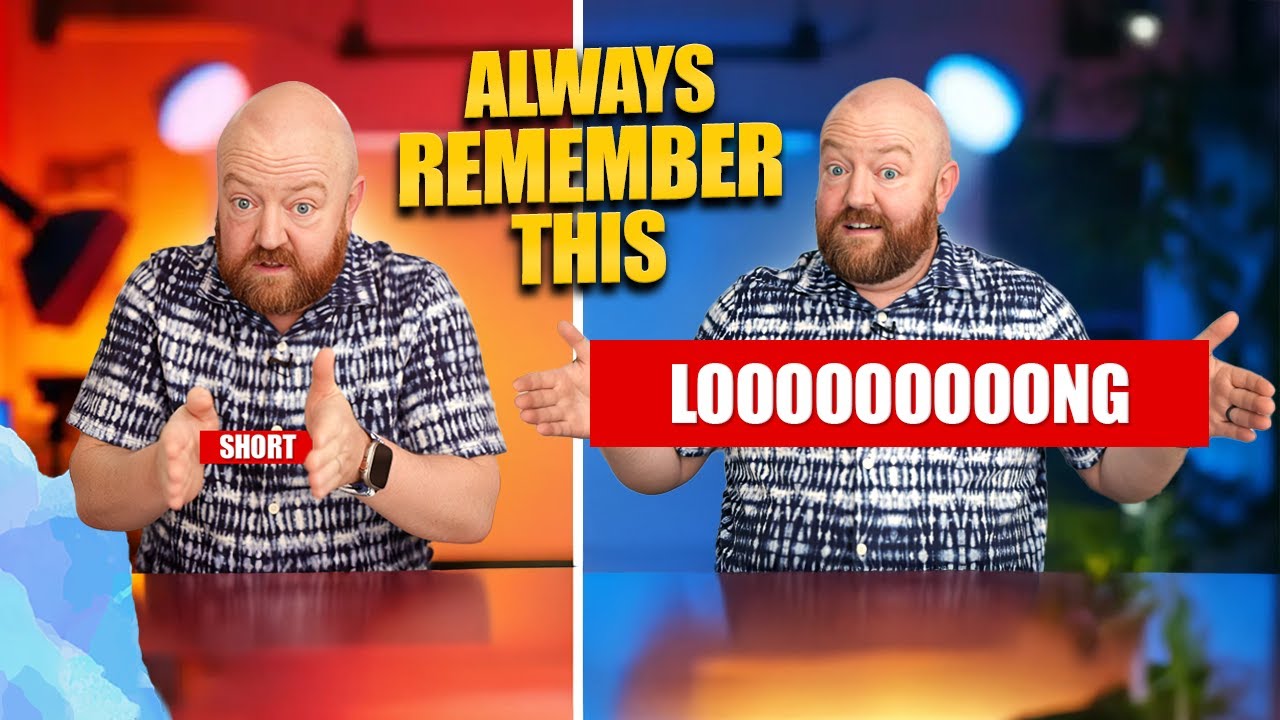When you upload a video to YouTube, one of the first questions that pops into your head is: “How long until this starts getting views?” Well, that depends on the type of video you’re creating—and the kind of strategy you’re using.
Let’s break this down into two main categories of content: videos meant for your subscribers and videos meant for search. Each one performs differently, has different timing for growth, and serves a different purpose for your business.
1. Videos Meant for Subscribers
These are the kinds of videos that YouTube shows to your current audience—the people who’ve already subscribed, know you, and like your content. YouTube prioritizes showing these folks your newest upload as soon as it’s live. That means most of the views on these videos happen within the first few days. Then, as time passes, the views start to taper off.
YouTube even gives you quick stats comparing each new video to your previous ones. You’ll see where your video ranks—1 out of 10, 5 out of 10, or maybe (sadly) 10 out of 10. And let’s be honest: it’s hard not to chase those fireworks when you see a video hit that number one spot.
But here’s the thing: for long-term growth, that stat doesn’t matter nearly as much as we think it does. If your video strategy is focused on short bursts of attention, those numbers are helpful. But if your content is built for search and long-term traffic (which is what I focus on), they’re more of a distraction than a metric that moves the needle.
2. Videos Meant for Search
This is where the real strategy lies.
Search-based videos are designed to show up when someone types in a question on YouTube or Google. That person has never heard of you before—but they’re looking for what you offer. These videos don’t need a huge spike in views on day one. They grow gradually over time and are far more predictable.
Unlike viral videos, which you can’t plan or count on, search-based videos build momentum. In fact, it’s not uncommon to see a video take a few months to really start gaining traction. You might get 10 views in the first month, 10 more in the second, and then suddenly 30, 60, or 100 in month three. The key is that those views are coming from the right people—your exact audience.
You’re not just attracting views. You’re attracting leads.
Why Small View Counts Can Still Mean Big Results
Sometimes people worry when they see that a keyword only has 10 searches a month. But those 10 people? They’re golden. They’re searching for exactly what you help with. If even one of them finds your video and becomes a lead, that’s a win.
And when you layer videos like this—one after another—you start building momentum. Think of it like a faucet that drips. One video is one drip. But post consistently—let’s say five videos a week—and in a year you’ve got 260 little drips flowing into your business. That turns into a steady stream of traffic. Eventually, a firehose.
And this is exactly how you can dominate a niche on YouTube—without chasing virality.
Suggested vs. Search: What Brings You Leads?
Let’s talk about lead generation. Suggested videos might bring in a lot of views, but they’re not always your ideal audience. These are people who stumbled onto your video while watching something else. They’re not in the mindset of needing what you offer—they’re just being entertained.
But someone who searched for the exact thing you teach? That person is already halfway through your sales funnel. They have a problem. You have a solution. That’s why search-based content converts so well.
Should You Delete and Re-upload a Video That’s Not Performing?
Short answer? No. Unless there’s something truly wrong with your channel or the video file itself, deleting and re-uploading won’t help. What you might need to look at instead is your audience.
If YouTube thinks your channel is for one audience, but your content is intended for someone else entirely, the algorithm can get confused. That’s why it’s so important to stay consistent and keep teaching the algorithm who your audience is—especially with a search-focused strategy.
If your views are low in the first few weeks, that’s normal. Just stick to the plan, watch your search traffic stats, and track how many of your videos start ranking. When those “noes” (not showing up in search) turn into “yeses” (ranking in top search results), you’ll know your strategy is working.
What About the Age of Your Channel? Does It Matter?
Not really.
Whether your channel is one month old or ten years old doesn’t make much difference. What does matter is what you’ve done recently. If you’ve been consistent and strategic, YouTube starts learning how to categorize your content. But again, that matters more for suggested traffic.
When your strategy is focused on search, you’re not relying on YouTube to push your video to subscribers. In fact, I often tell YouTube not to notify subscribers when I post a new video. I don’t care about that traffic. I care about the person who is typing a question into the search bar and needs what I offer.
Can You Speed Up Search Ranking?
Honestly, not really.
Search-based momentum is a slow build. That’s why you need to plan your videos before filming, with clear keyword research and a mapped-out strategy. If you do that, then batch your content (like filming 20 episodes at a time), you’re setting yourself up for long-term success.
The one exception? Blog posts. After uploading a video to YouTube, you can create a blog post featuring that video and a cleaned-up, article-style transcript. That helps your content rank on Google, which brings in even more traffic.
In Summary
- If it’s built for subscribers or suggested traffic, you’ll know in the first week.
- If it’s built for search, it can take a few months—but the growth will be predictable and long-lasting.
- Consistency compounds. Every video adds to your lead-generating machine.
- Don’t chase views. Chase value for your target audience.
Search-based strategy might not bring the fireworks right away, but it brings in the right people—and that’s what builds a business.





